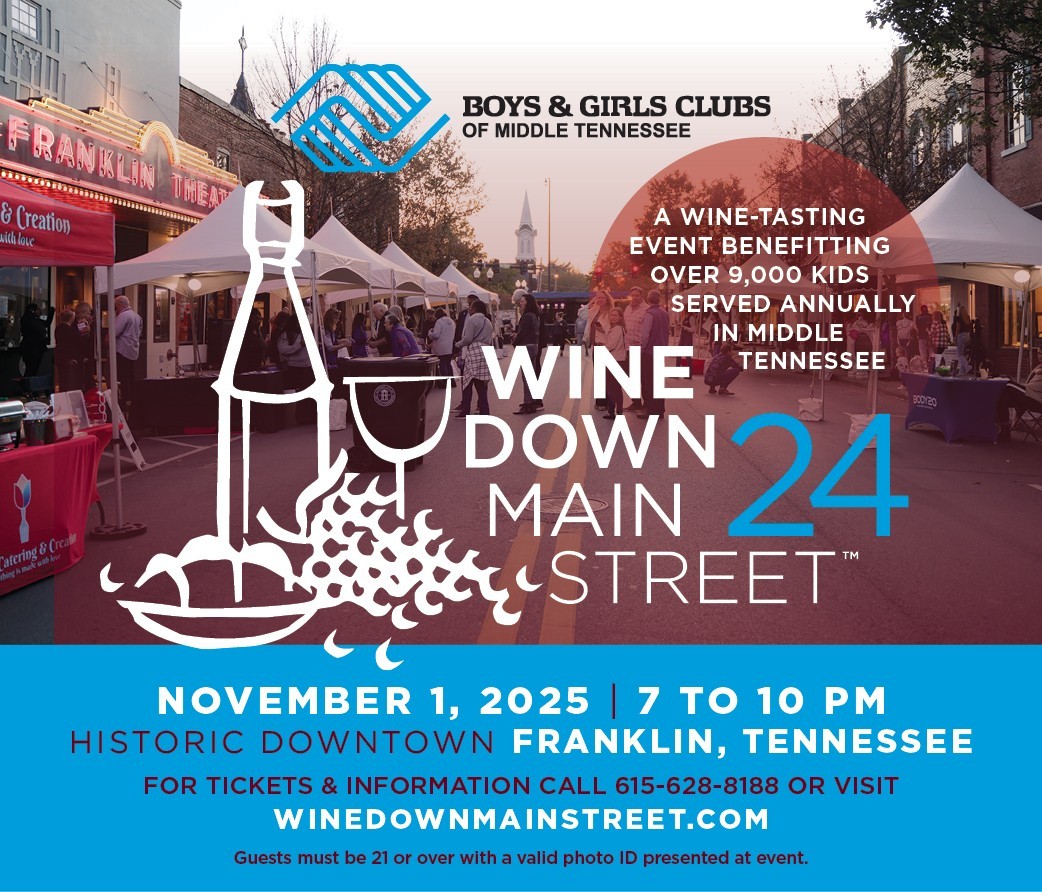Other dining table decorations included fruit-filled cornucopias and baskets of chrysanthemums and other autumn flowers. If the dinner was served in the late afternoon, the hostess would often close the blinds, illuminating the room with soft, mellow candlelight. A glowing fireplace provided an atmosphere of comfort and good cheer.
The meal preparations were similar to the way we plan our Thanksgiving meal today, with much of the cooking done in advance. Items like puddings and mincemeat were made at least a week or two ahead, allowing the flavors to blend. Women’s magazines from the time also recommended never trying a new recipe without first testing it in smaller proportions. The goal was to strike a balance between old and new traditions.
Before the mid-nineteenth century, bringing out all the Thanksgiving food at once was customary. But the Gilded Age ushered in the à la russe style of dining, where dinner was served in multiple courses. As a result, the meal would typically start with oyster soup or bouillon, then a second course featuring roast turkey, stuffing, and cranberry jelly, followed by a cleansing sorbet to restore the palate. The next course was chicken pie, stewed corn, mashed potatoes, and squash, followed by celery, wafers, and cheese salad. Desserts were often served in two parts — a first course of Thanksgiving pudding, pumpkin pie, cake, and ice cream, and a final course of fruit, bonbons, and nuts. Coffee was offered at the end of the meal, sometimes at the table, but most hostesses preferred serving it in the parlor.
Thanksgiving was one occasion when children, parents, grandparents, aunts, uncles, and cousins came together. The needs of children were considered, including special arrangements such as a large hall or room for them to eat and play. This included a miniature version of the adult table decorated with colorful chrysanthemums and the placement of food and utensils within easy reach. Their turkey was given to them on a separate platter, along with an “abundance of nuts, apples, oranges and wholesome confectionery.”

.jpg)





















